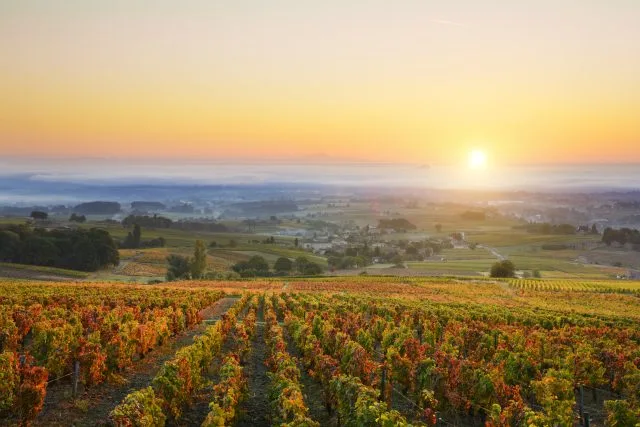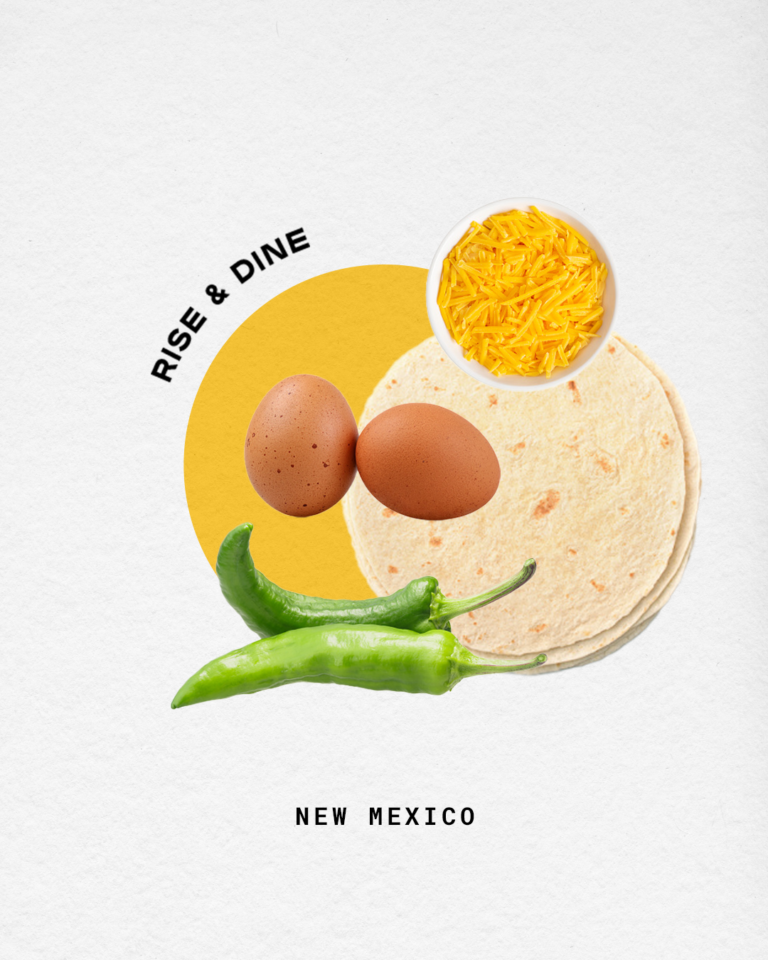The Rhône Valley, known for its traditional styles of red wine, is diversifying to rise like a phoenix from the flames after global sales faltered during the Covid-19 pandemic, reports Patricia Stefanowicz MW. True, the internationally-recognised red wines of the northern Rhône—Côte Rôtie, Hermitage— and the equally stellar wines from the southern Rhône Cru, Châteauneuf-du-Pape, are constantly flying the flag for this glorious region with their auction-status red wines. But there is more to the Rhône Valley than these collectable treasures. The Rhône has long been passionate about biodiversity. Growers such as Vincent Boyer, a grower and winemaker in Visan and the vice-president of Inter-Rhône, and Michel Chapoutier with vineyards throughout the Rhône, are convinced about mixed plantings, and not only of different grape varieties. All sorts of trees and shrubs, olives, almonds, herbs, and wildflowers abound in the vineyard. The diversity of the terroir attracts roaming animals, bees distributing pollen and birds roosting in low planted shrubs, keeping most of those species away from the ripening grapes. So, what does this mean for the wines? The region’s very successful international strap-line, ‘Think Red, Think Côtes-du-Rhône’, is valid, because even a decade ago around 85% of the wines were red. The relatively simple, very affordable Côtes-du-Rhône reds form the base of a pyramid. Easy-drinking and consumer-friendly, these light red wines work well with fish-and-chips and mushy peas, or a ploughman’s lunch. Côtes-du-Rhône Villages red wines, usually with a bit of old oak ageing, are a significant step up. Often the
This Article was originally published on The Drink Business - Wine





